High fidelity manikins simulate real-life emergencies to save lives
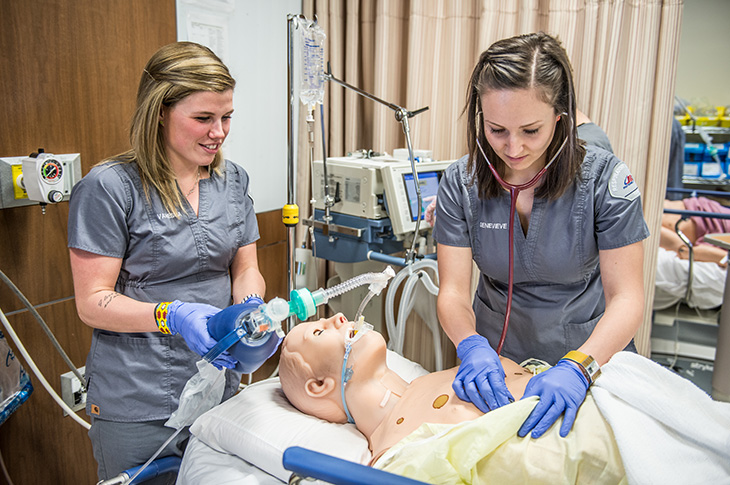
When Annalise Woertman finishes her studies in the Respiratory Therapy (RT) program at SAIT and begins treating patients, she’ll be making split-second life and death decisions in a hospital emergency room. Her job as a respiratory therapist will be to assist patients with pulmonary and breathing issues – an increasingly vital role because of the serious respiratory problems that can be caused by COVID-19. She will need to be confident in her life-saving skills.
Woertman and her fellow RT and paramedic students at SAIT learn from top-notch instructors in labs that mirror real-world workplaces such as hospital clinics and ambulances. They learn by replicating real-life scenarios where they treat the critically ill, but instead of people, they work on simulators that respond like living breathing patients. These high-tech “patients” are known as high fidelity manikins – sophisticated dummies packed with technology that make them move, breathe and react like patients. Students are taught to handle emergencies where the manikins appear to be sick, injured, or dying.
Woertman, who just finished the second year of SAIT’s three-year program, says it’s an incredible learning experience. “It's the closest thing to reality. You can learn a hundred things in a lecture but this way you can actually apply treatments just like doing it with a real person.” She adds, “With a manikin, it’s a safe environment. You can make mistakes and ask questions and try things.”
Before COVID-19 forced the shutdown of major parts of the city, Woertman was spending one practicum day a month at the Foothills Hospital as part of her studies. She had already assisted in her first intubation where she helped insert a breathing tube into a patient. Woertman says the manikins helped hone her skills. “I was a little nervous but I was well prepared because I had practiced it many times. I was a little surprised at how similar it was to the manikins.”
Donors step up to purchase new manikins
While SAIT’s current simulators continue to function, they were purchased about 15 years ago and are rapidly becoming outdated. Manikin technology has advanced exponentially with new digital tech and sophisticated materials making new ones more lifelike and more effective as teaching tools for our students. Meanwhile, the manikins currently in use are suffering from wear and tear. They’ve become difficult and expensive to fix as parts are becoming scarce.
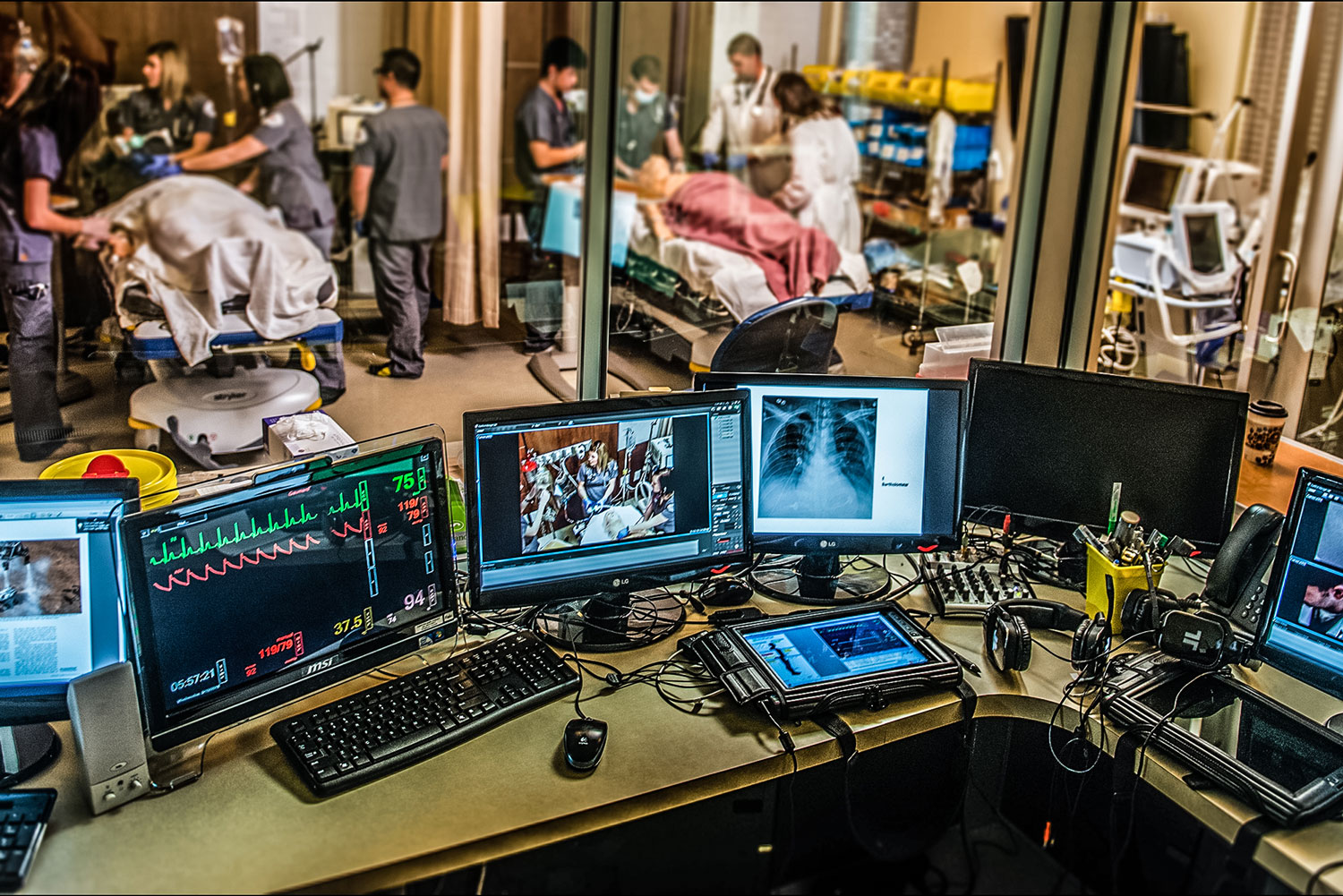
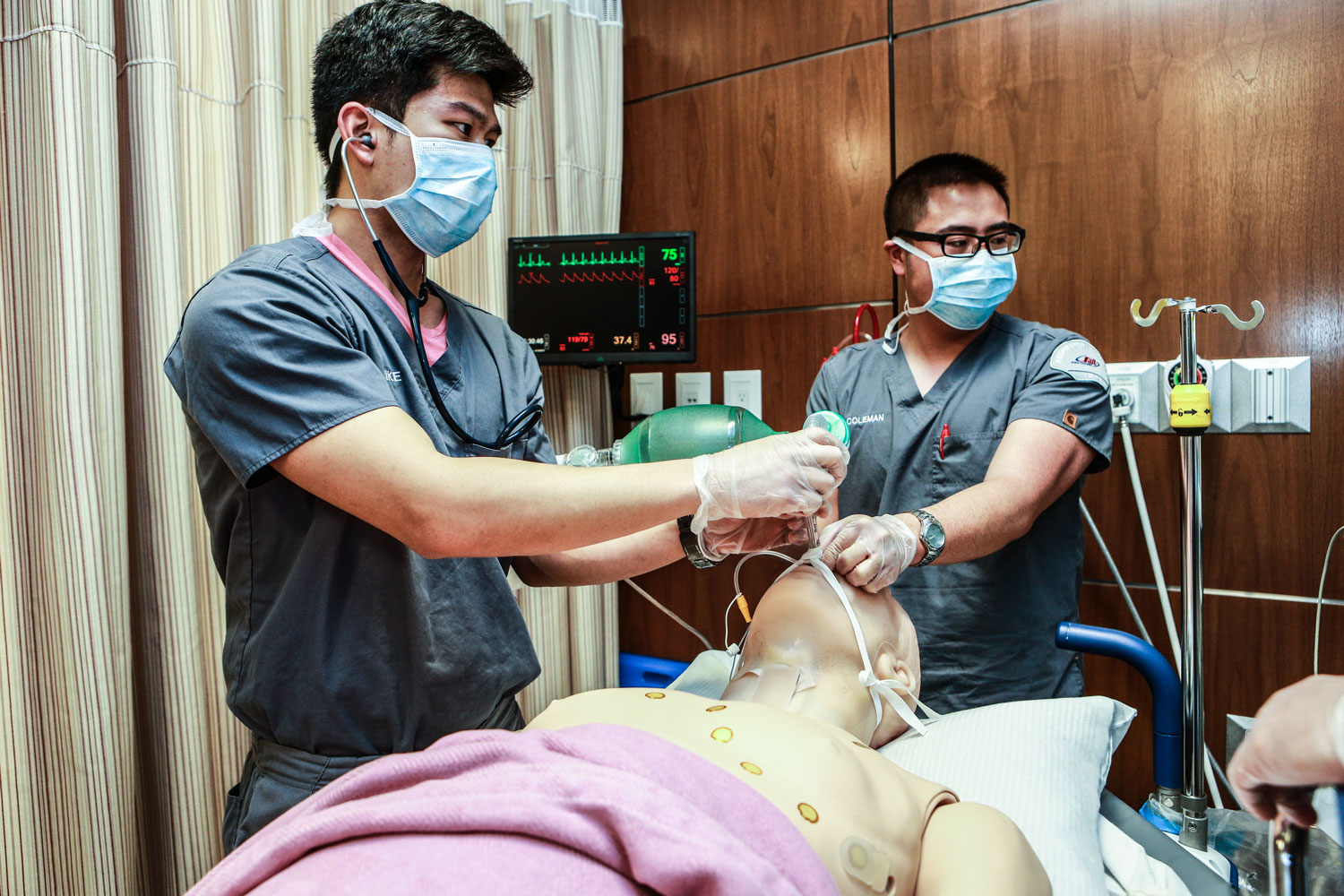
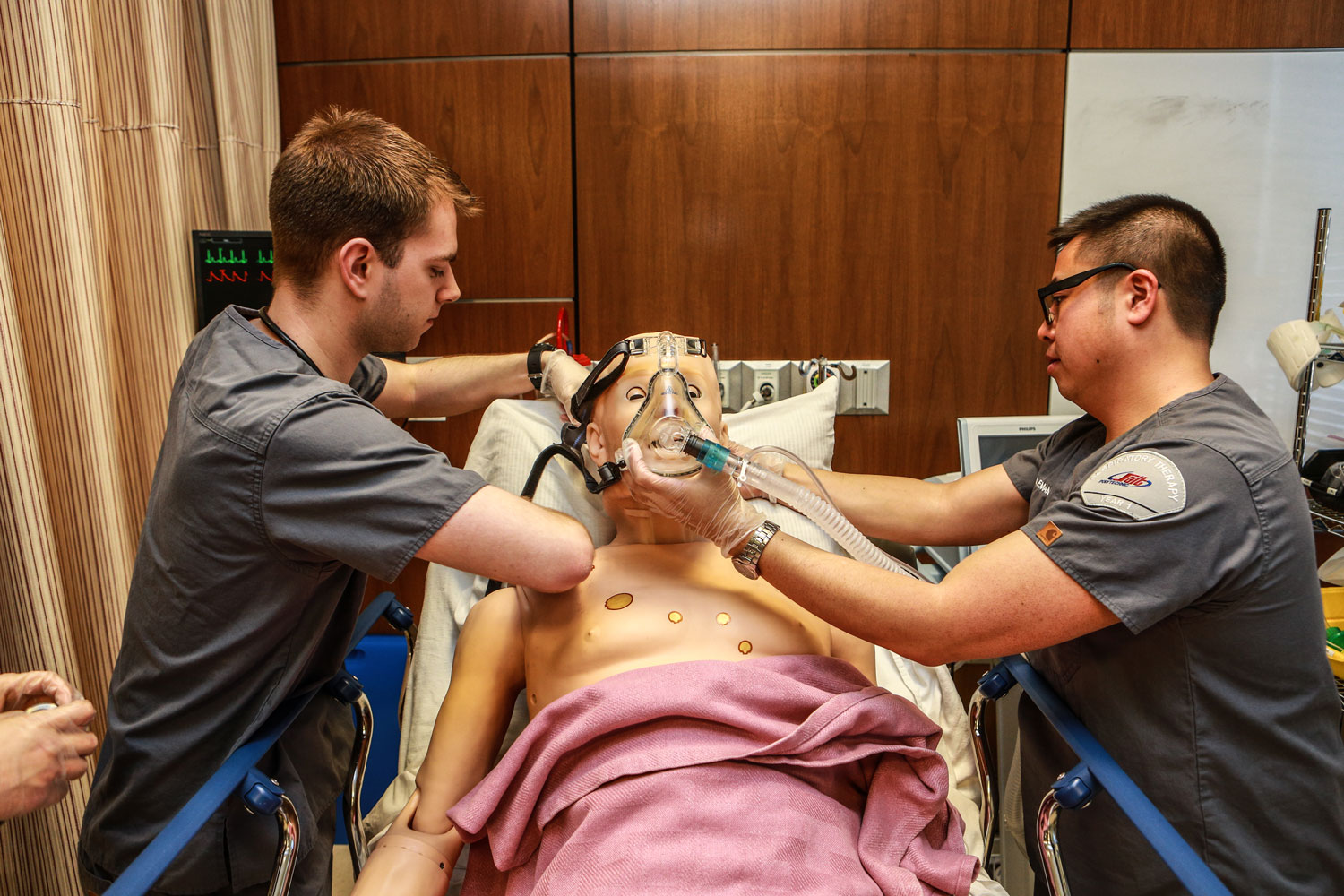
SAIT needs to raise $1 million to purchase a new complement of manikins for the School of Health and Public Safety. The Brawn Family Foundation responded to this challenge with a gift of $100,000 to the program and promised an additional $75,000 to match the next $100,000 gift.
Cenovus stepped up with an initial gift of $80,000 and when Executive Vice President and Chief Technology Officer Harbir China made a personal gift of $10,000, the company matched that gift as well – reaching the $100,000 needed to trigger the final matching gift of $75,000 from the Brawn Family Foundation.
Doing the math, these three generous donors have contributed a total of $275,000 towards purchasing a new fleet of high-fidelity manikins for SAIT’s School of Health and Public Safety.
“These manikins are important because they help SAIT students learn to save lives,” says Dean Brawn, director of the Brawn Family Foundation. “Our priority as a foundation includes health, wellness and education and this gift covers all three. New manikins at SAIT will benefit everyone. When you or your loved ones need to be treated by a paramedic or a respiratory therapist, they’ll receive the best care because we’ll have the best training equipment at SAIT.”
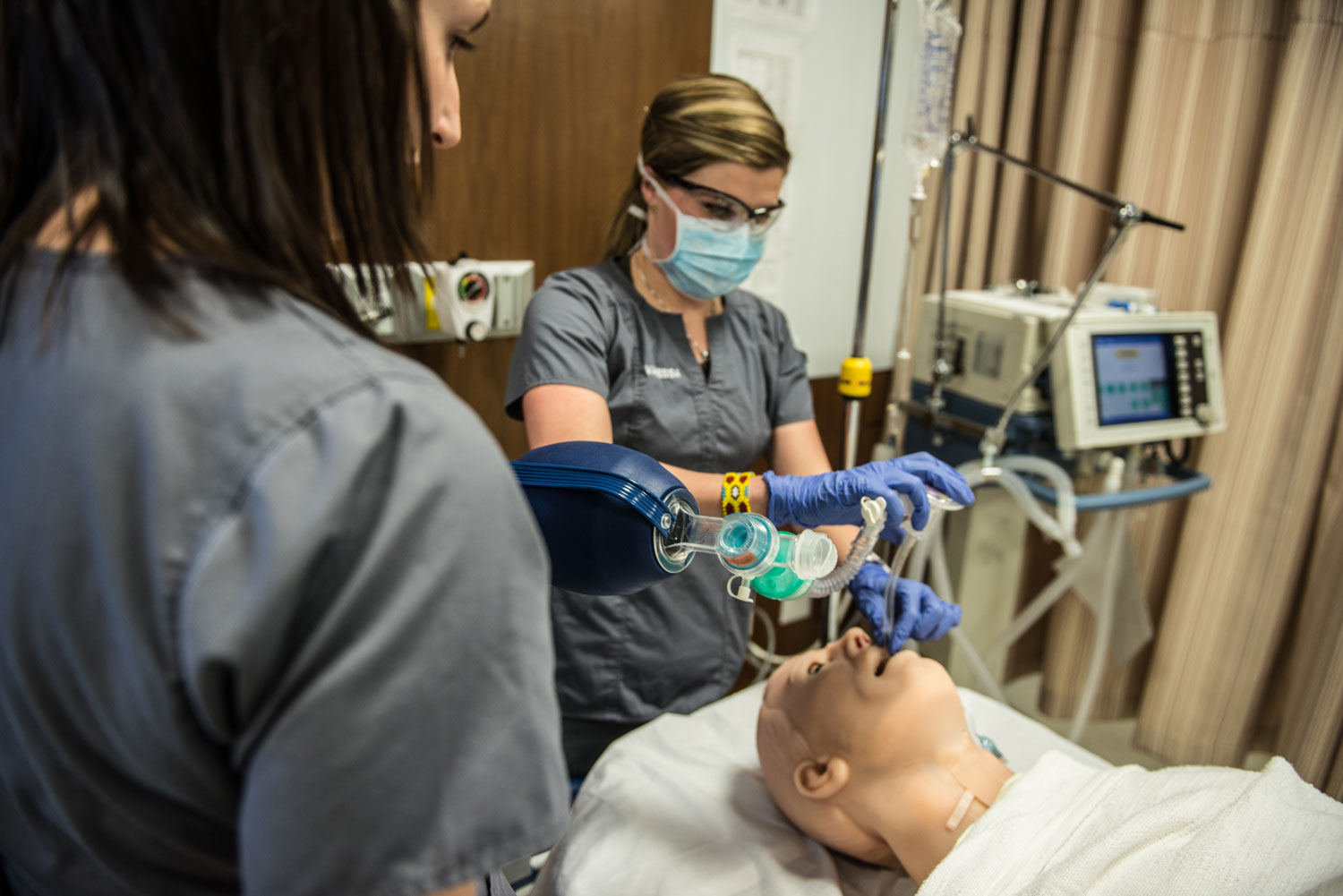

Meena Kumar, Academic Chair of the RT and Paramedicine programs, says these donations make a valuable contribution to SAIT, the School of Health and Public Safety and to the community. She’s hoping these gifts inspire more contributions because the manikins are so important to the hands-on education of SAIT students who will become front line health care providers.
“SAIT is training respiratory therapists and paramedics to work in such a stressful environment where they need to be on their toes all the time, “says Kumar. “They need to be experts with their skills. Manikins help our students bridge from the classroom and clinic to the real world where they’ll be treating patients and saving lives.”
To learn more about high fidelity manikins or to make a donation, email Anthony.Salekin@sait.ca.
Industry Driven
We prepare students for successful careers and lives.
SAIT'S
2020-2025
Strategic plan

Oki, Âba wathtech, Danit'ada, Tawnshi, Hello.
SAIT is located on the traditional territories of the Niitsitapi (Blackfoot) and the people of Treaty 7 which includes the Siksika, the Piikani, the Kainai, the Tsuut’ina and the Îyârhe Nakoda of Bearspaw, Chiniki and Goodstoney.
We are situated in an area the Blackfoot tribes traditionally called Moh’kinsstis, where the Bow River meets the Elbow River. We now call it the city of Calgary, which is also home to the Métis Nation of Alberta.